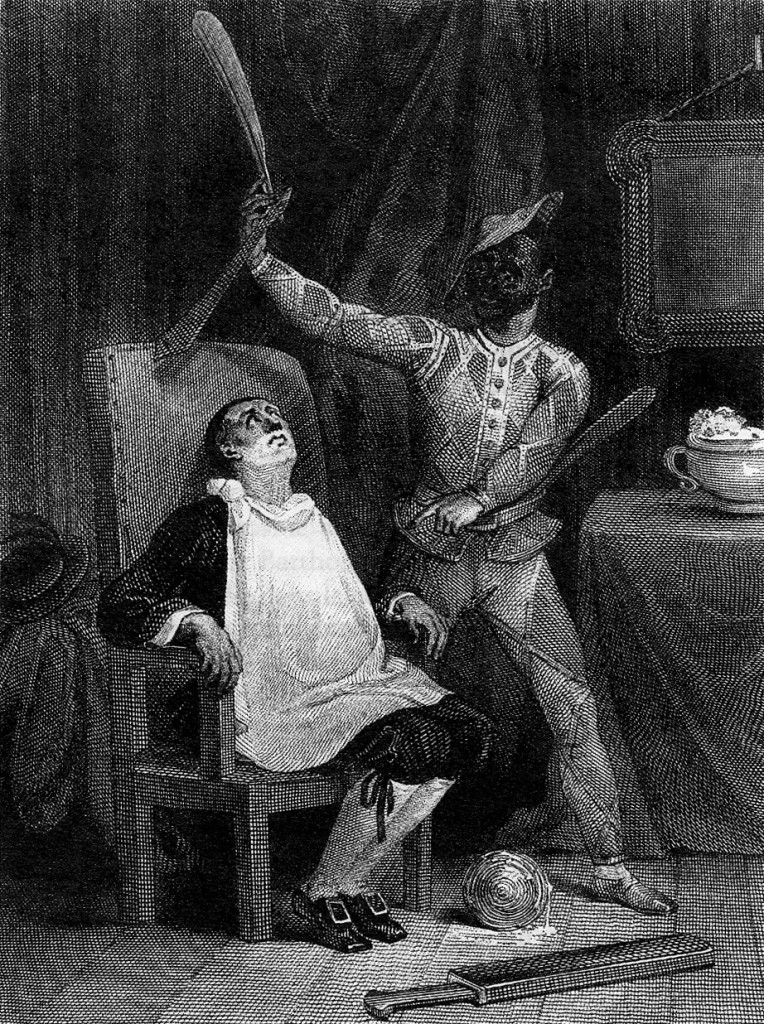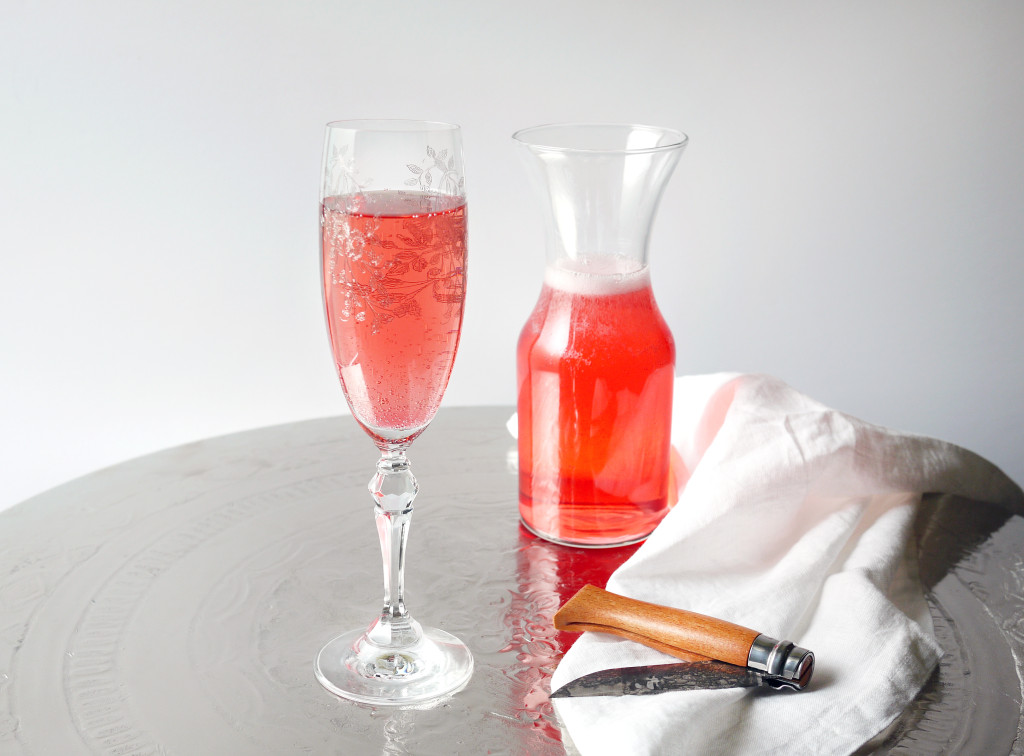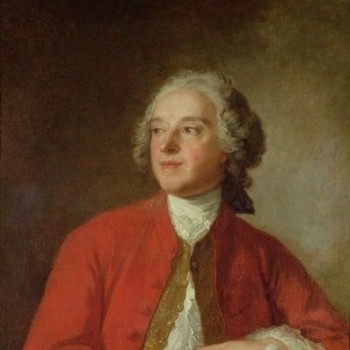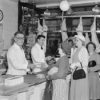This history lesson is well, historic, because New York Times bestselling author Sarah Vowell is our star guest ‘lecturer’. (Yes, there’s still a cocktail recipe below.) You may know Sarah from her hugely popular book, “Assassination Vacation,” or her contributions to “This American Life.” She just released her sixth non-fiction book about American history and culture called, “Lafayette in the Somewhat United States.” Sarah shares a tale about one of France’s most peculiar battle strategies.

Sarah Vowell: So remember how France used to own most of Canada? It’s actually why some people in Canada still speak French. What happened was, France lost Canada to Great Britain at the end of The Seven Years War. This is the war we in America call the “French and Indian War.” And by the end of that war — besides most of their dignity, and most of Canada — France had also lost a great deal of money. They were broke.
What they had in abundance was a pure and bitter hatred toward England and Englishmen. And when the French heard that there was this ragtag group of bumpkins in the American colonies — like George Washington, Ben Franklin, John Adams, and Thomas Jefferson — when France heard that this group of, like, punks across the Atlantic were revolting against their revolting nemesis Great Britain, France wanted to help these guys out.
But France didn’t want to get back into a war with Great Britain and lose yet again, and France didn’t really have enough money to do that anyway. So what they decided to do was help the American colonists on the sly, by sending them gunpowder and supplies. Tents. Uniforms. Cannons. Cannonballs. War stuff.
So, of course the French did what anyone would: they hired a playwright to be their covert arms dealer.
The court of Louis the 16th hired the playwright Beaumarchais — France’s greatest living dramatist, the author of the plays “The Marriage of Figaro” and “The Barber of Seville.” They hired him to gather together supplies and weaponry to send to the Americans.
And he used a fake name, and he set up a fake company, and after he had gathered tons and tons of very useful things — weapons and supplies and what not — Beaumarchais went to the port of La Havre on the coast of France to supervise the loading of this stuff onto the ships before they were sent to the colonies. He did this under an assumed name, because obviously they don’t want the British to find out.

As it happened, in the town of Le Havre, they happened to be putting on a local production of “The Barber of Seville.” And Beaumarchais — even though he was there under an assumed name — he went to see his play being produced. And he was appalled at the quality. He thought the local Le Havre production of “The Barber of Seville” was not up to his standards.
And so he unmasked himself immediately, and started forcing this community theater to run rehearsals with him. And he was running back and forth from the dock to the theater yelling at the guys loading the cargo onto the ships, then he would go back to the theater and yell at the actors.
Of course, the British found out and almost went to war with France right then and there.
I was explaining this to a playwright friend of mine, Sherm. And I was expressing a certain amount of outrage that Beaumarchais almost botched one of the most important covert arms deals in world history because of an amateur production of “The Barber of Seville.” And all my playwright friend wanted to know was how the production turned out once Beaumarchais had tinkered with it.
—
That was the history, now here’s a cocktail to go with it, cooked up by chef and “A Taste of History” host Walter Staib, at City Tavern in Philadelphia, PA, which first opened in the 1770s during Beaumarchais’ era.
Kir Shrub

(Makes 18 ounces; Serves 3)
Ingredients:
- 1/3 cup raspberry shrub (A colonial-era vinegar-based drink. See recipe below.)
- 1 cup Champagne or sparkling wine
- 1 cup simple syrup
Directions:
Pour the shrub and simple syrup into a champagne flute. Add in the Champagne, stirring only if the Champagne fails to blend the ingredients thoroughly. Serve at once.
Cherry Shrub recipe
(From the 1824 cookbook “The Virginia Housewife” by Mary Randolph. Substitute raspberries for cherries.)
“Gather ripe morello cherries, pick them from the stalk, and put them in an earthen pot, which must be set into an iron pot of water. Make the water boil, but take care that none of it gets into the cherries. When the juice is extracted, pour it into a bag made of tolerably thick cloth, which will permit the juice to pass, but not the pulp of your cherries. Sweeten it to your taste, and when it becomes perfectly clear, bottle it — put a gill of brandy into each bottle, before you pour in the juice — cover the corks with rosin. It will keep all summer, in a dry cool place, and is delicious mixed with water.”


